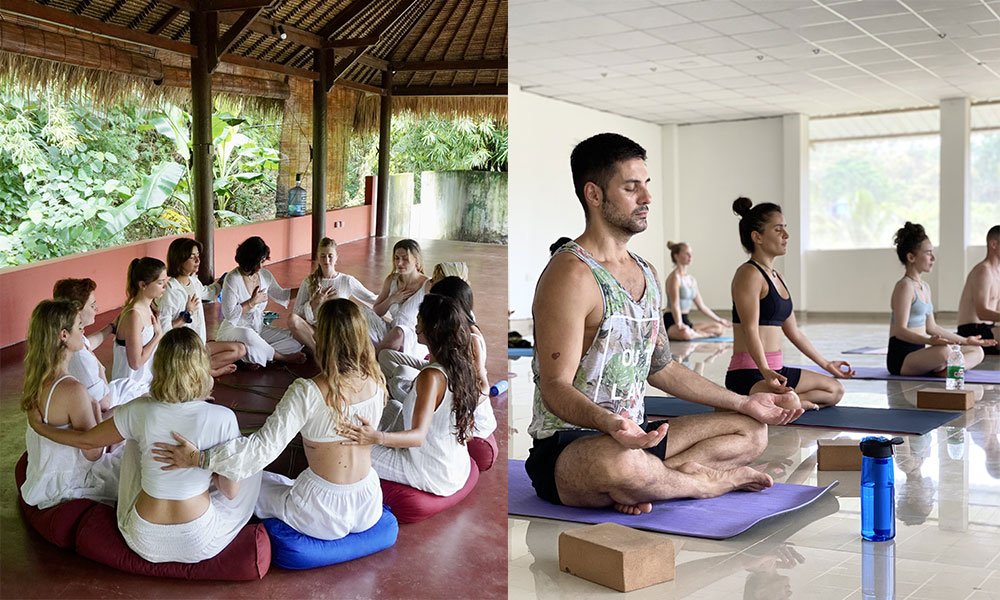
An Inside Look at a 200-Hour Yoga Teacher Training
Embarking on a 200-hour Yoga Teacher Training (YTT) program is a transformative journey that delves deeply into the practice, philosophy, and teaching methodologies of yoga. Whether you are aspiring to become a certified yoga instructor or simply seeking to deepen your personal practice, a 200-hour YTT program offers a comprehensive and immersive experience. Here is a detailed look at what you can expect from such a program.
Overview of the Curriculum
A typical 200-hour YTT program covers a wide range of topics designed to provide a thorough understanding of yoga. Here are some of the key components:
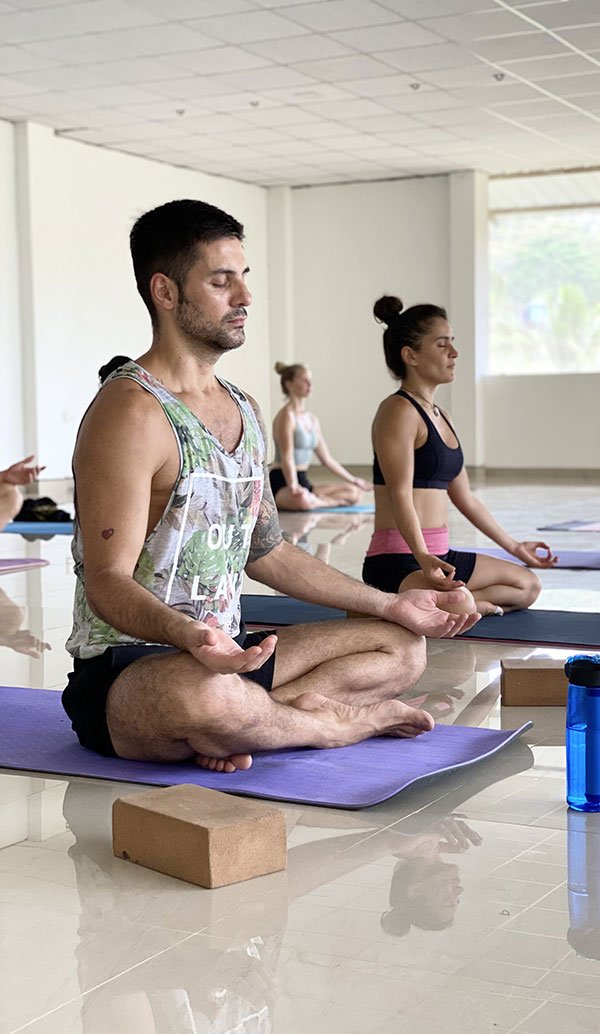
- Yoga Philosophy and Ethics: This module explores the ancient texts that form the foundation of yoga, such as the Yoga Sutras of Patanjali and the Bhagavad Gita. Students learn about the ethical principles (Yamas and Niyamas) and the yogic lifestyle, emphasizing how to live and teach yoga with integrity.
- Anatomy and Physiology: Understanding the human body is crucial for safe and effective yoga practice. This section covers the major systems of the body, including the skeletal, muscular, and nervous systems, and how they are affected by yoga postures. Both Western and Eastern perspectives, including the study of chakras and the pranic body, are integrated.
- Asana Practice: This is the core of the yoga training, where students learn and practice various yoga poses (asanas). Emphasis is placed on alignment, modifications, and the benefits of each pose. Trainees also learn how to sequence poses to create balanced and effective yoga classes.
- Pranayama (Breath Control): Pranayama techniques are essential for managing energy and enhancing mental clarity. Students learn various breathing exercises and their applications, which can be integrated into yoga practice and teaching.
- Meditation and Mindfulness: This module focuses on developing concentration and inner awareness. Different meditation techniques are explored, helping students cultivate a personal practice that can be shared with their future students.
- Teaching Methodology: Aspiring yoga teachers learn the art of teaching, including how to communicate effectively, demonstrate poses, provide adjustments, and create a positive learning environment. This module also covers class management and developing a personal teaching style.
- Practicum: Students get hands-on experience by teaching yoga classes under the supervision of experienced instructors. This practical component helps build confidence and refine teaching skills.
Typical Daily Schedule
A 200-hour YTT program is intensive, often structured over a period of 3 to 4 weeks. Here is what a typical day might look like:
- Morning Session:
- 6:00 AM – 7:45 AM: Sadhana (personal practice) involving meditation, pranayama, and asana practice.
- 8:00 AM – 8:30 AM: Breakfast, often consisting of wholesome, nutritious food to support the physical demands of the training.
- 9:00 AM – 11:45 AM: Program Session focused on asana practice, pranayama, and meditation techniques.
- Midday Session:
- 12:00 PM – 1:30 PM: Lunch break, offering time to rest and nourish the body with healthy meals.
- 2:00 PM – 4:00 PM: Program Session continuing with anatomy, philosophy, and teaching methodology.
- Afternoon Session:
- 4:15 PM – 6:00 PM: Yoga Practice emphasizing alignment, adjustments, and the practical application of teaching skills.
- 6:00 PM – 7:00 PM: Dinner, providing a chance to relax and connect with fellow trainees.
- 7:30 PM – 9:00 PM: Evening Session for homework, reflection, group discussions, and study of yogic texts.
This rigorous schedule ensures that students are fully immersed in the yogic lifestyle and gain a deep understanding of the practice.
Types of Yoga Styles Covered
A comprehensive 200-hour YTT program includes exposure to a variety of yoga styles, each offering unique benefits and approaches to practice. Here are some common styles you might encounter:
- Hatha Yoga: This is a traditional Yoga concentrating on physical postures and breath control. Hatha classes are typically slower-paced, allowing for detailed alignment and deeper stretches.
- Vinyasa Yoga: This dynamic style links breath with movement, creating a flow between poses. Vinyasa classes are often more vigorous and can vary in intensity.
- Ashtanga Yoga: A rigorous, structured practice that follows a set series of poses. Ashtanga is known for its challenging and physically demanding sequences.
- Iyengar Yoga: This works on precise alignment and the use of props such as straps, blankets and blocks. Iyengar yoga is suitable for students of all levels and helps in understanding the biomechanics of each pose.
- Yin Yoga: A slow-paced style targeting deep connective tissues. Yin poses are typically held for several minutes, promoting relaxation and flexibility.
To Conclude
Embarking on a 200-hour YTT program is a profound and transformative experience. The comprehensive curriculum, intensive daily schedule, and exposure to various yoga styles ensure that trainees leave the program with a well-rounded education in yoga. Whether you aim to become a certified yoga teacher or simply wish to deepen your practice, a 200-hour YTT program provides the knowledge, skills, and confidence needed to embark on a fulfilling yoga journey.
For more detailed information, you can explore Trimurti Yoga’s program offerings on our website. By fully engaging in our immersive training, you will not only enhance your own practice but also gain the tools to share the transformative power of yoga with others.
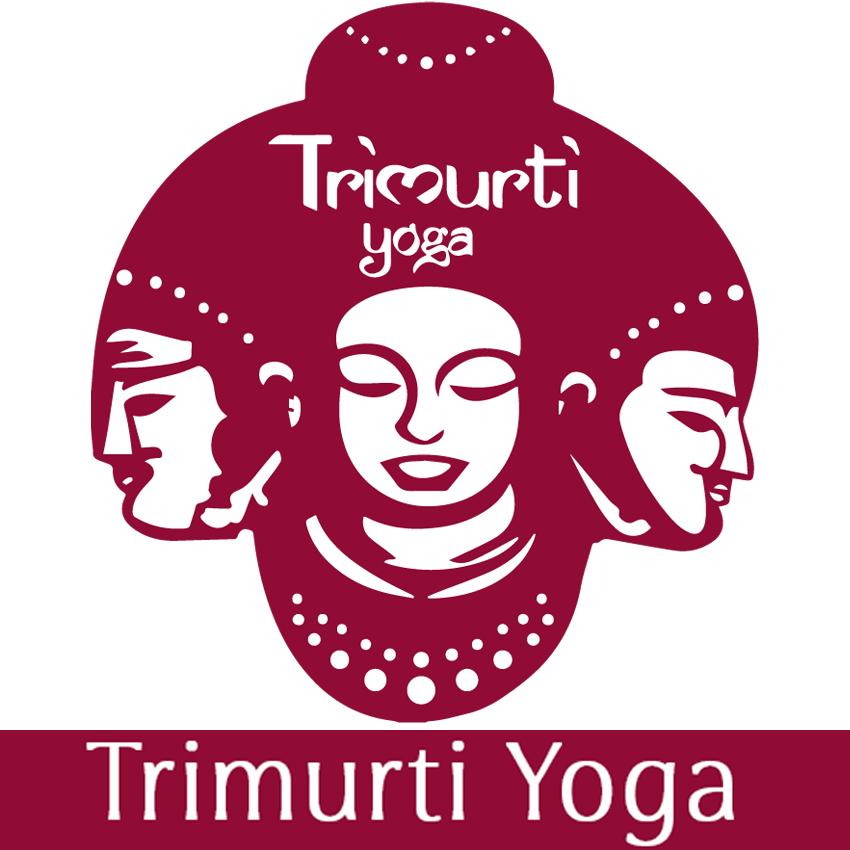
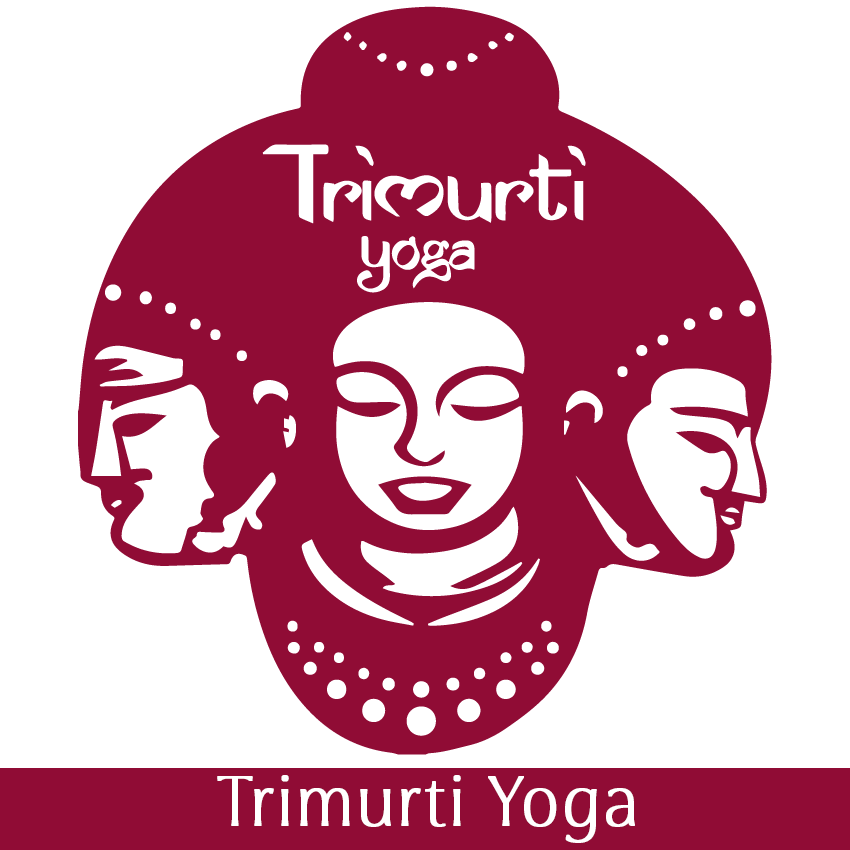
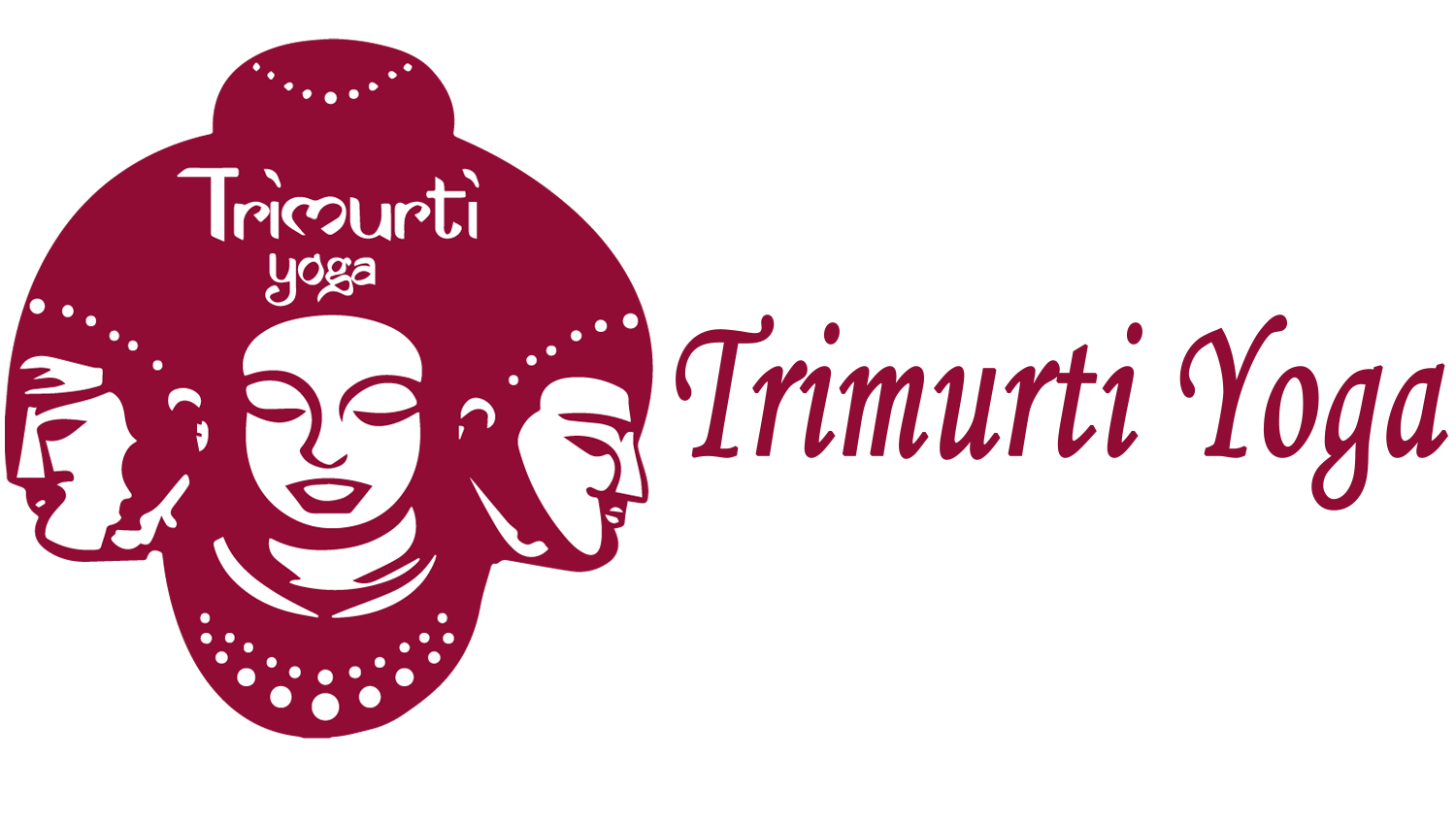
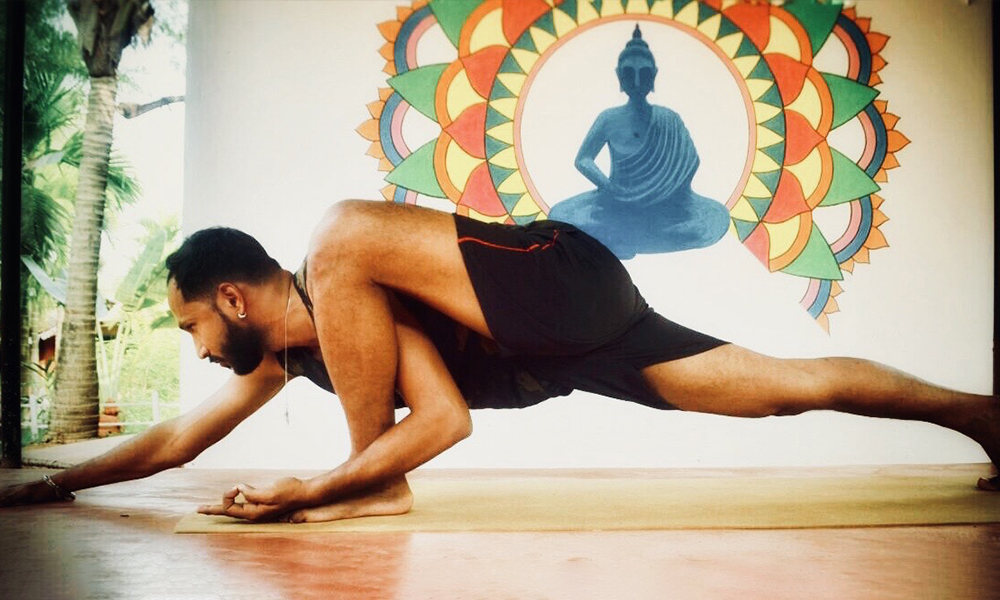
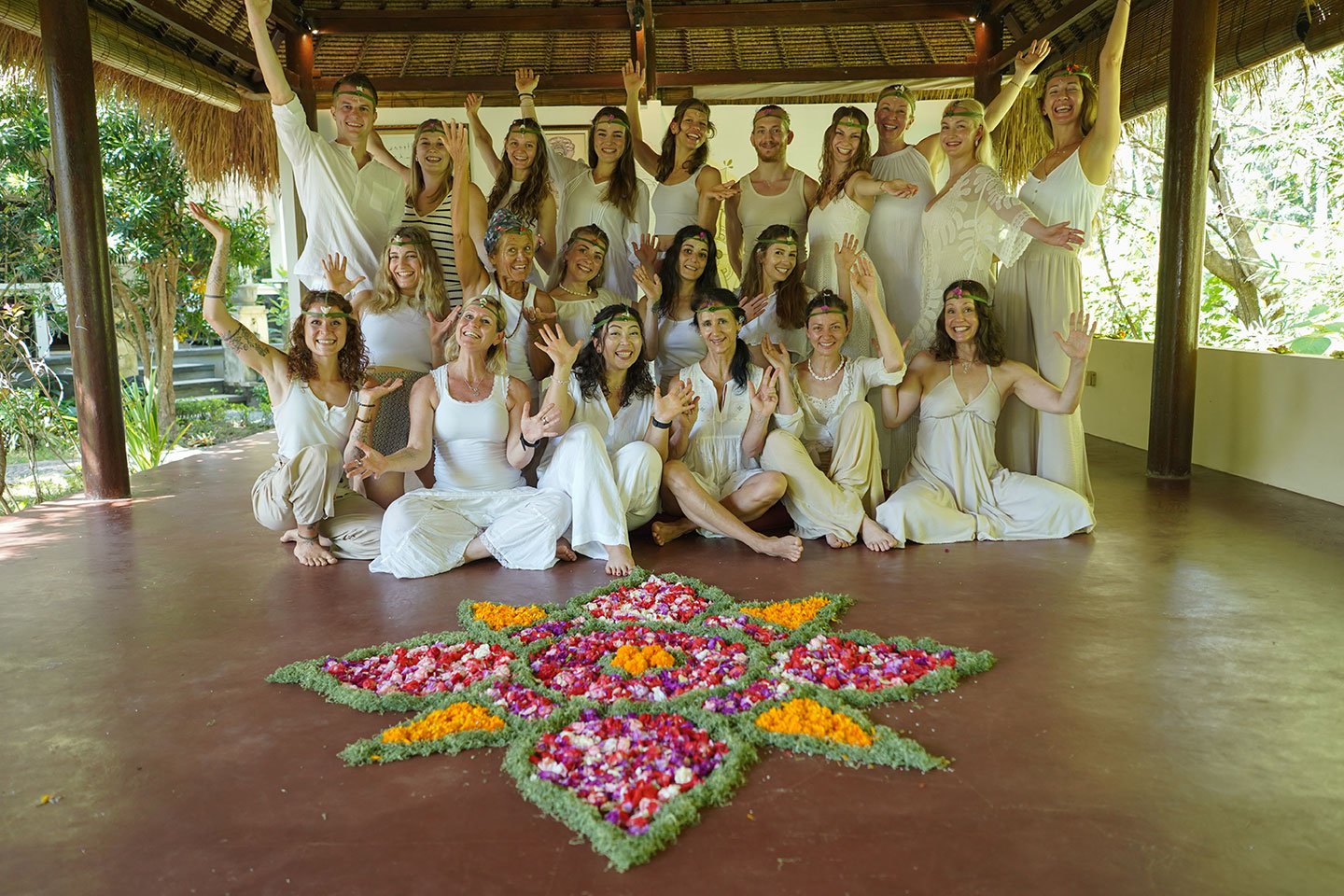
Leave a Reply